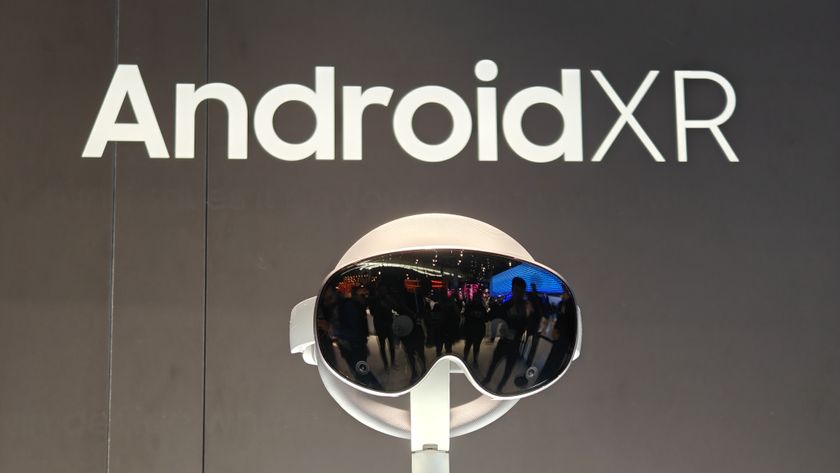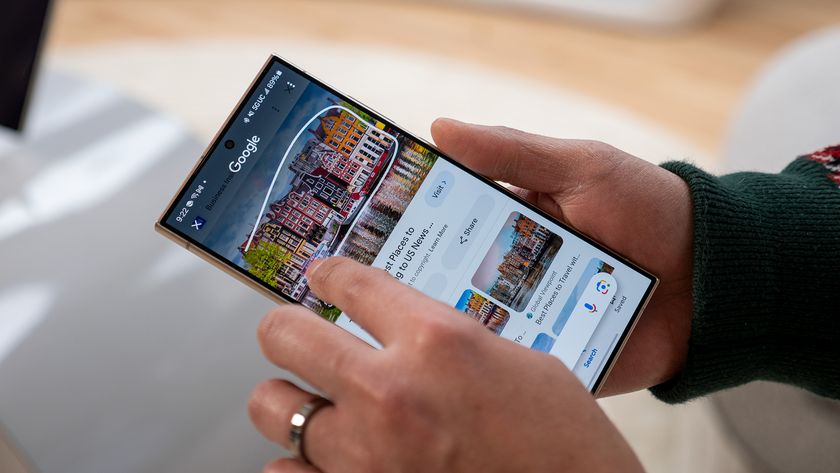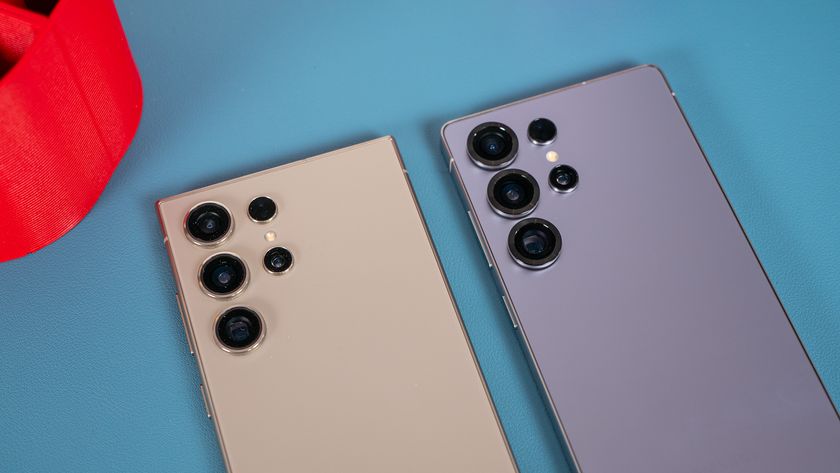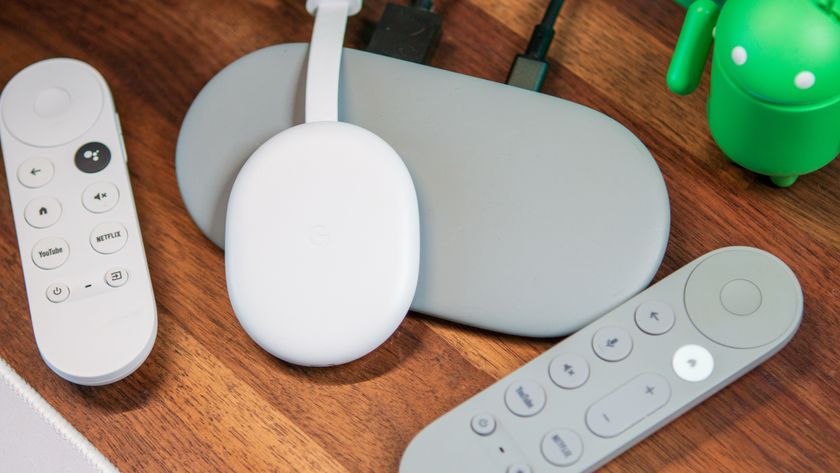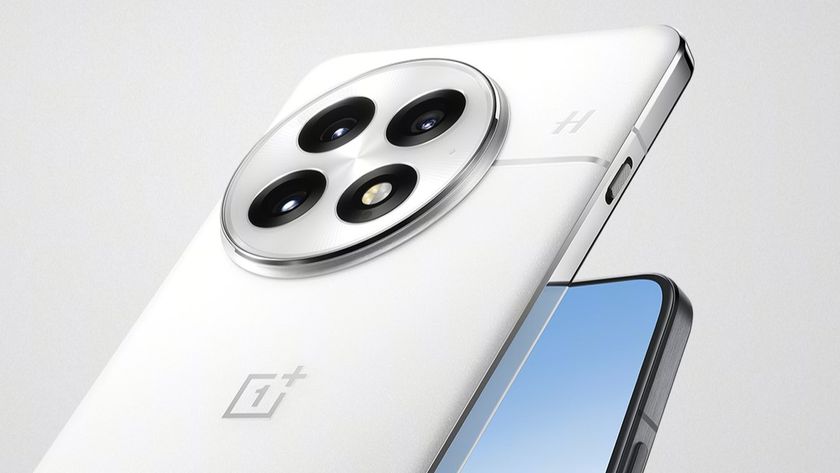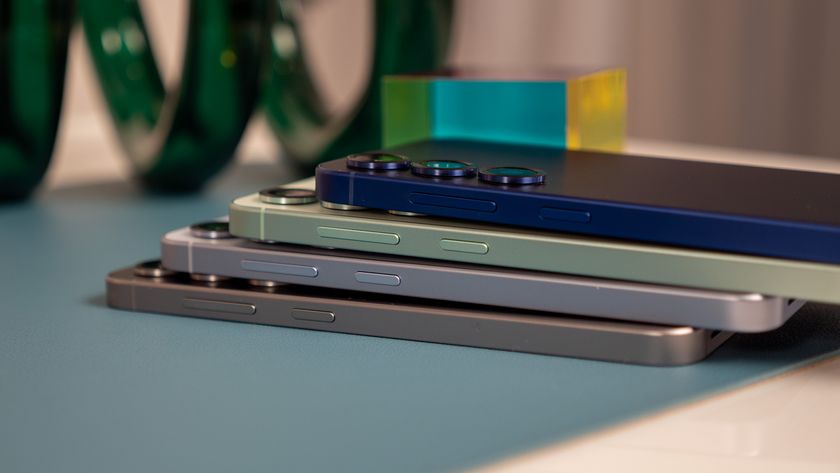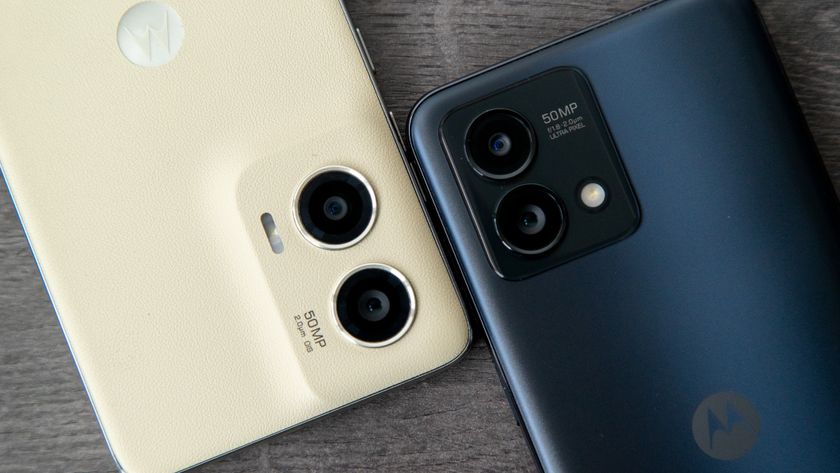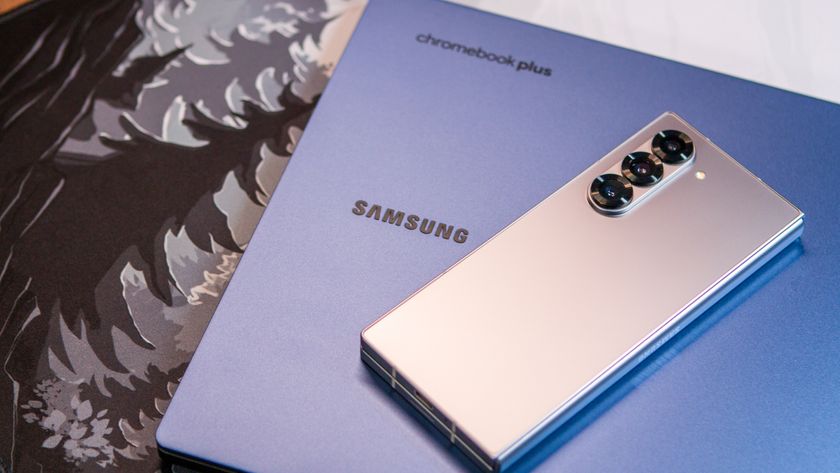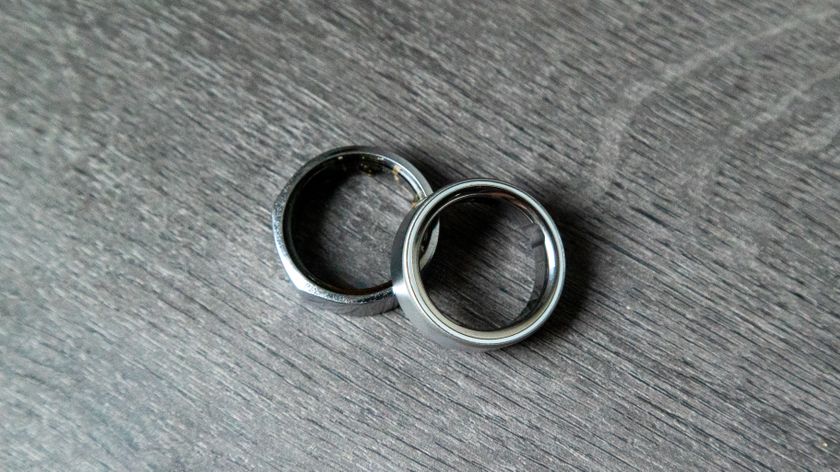Samsung Galaxy Watch 7 vs. Galaxy Watch 6: Mostly unchanged, with nine key differences
Key Samsung Galaxy Watch 7 vs. 6 upgrades make it clear who should upgrade and who should stick with their 2023 watch.

Better performance, health, and fitness
The Galaxy Watch 7 kept the same design as last year (only slightly thicker) and shed the classy Classic upgrade option, which you may not like. But the Watch 7's revamped BioSensor will make the watch more useful for health monitoring, the new Exynos chip loads apps faster, and LTE fans will appreciate the doubled storage for better on-wrist music playlists.
For
- Faster, more efficient Exynos chip
- Better HR and GPS accuracy
- New and upcoming health features like AGEs index
- Doubled storage
- No price increase
Against
- No Classic option
- No more Wireless PowerShare
- Same display, battery, etc. as Watch 6
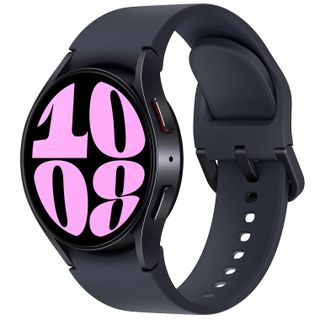
Only a step behind
The Galaxy Watch 6 and 7 could be twins, at least on the surface. If you were hoping the Watch 7 would make changes to things like the display, battery capacity, or overall look — or if you have the Watch 6 Classic and love your rotating bezel — then you may want to stick with your Watch 6 for now, as it's still an excellent smartwatch.
For
- Comparable design, display, capacity, etc.
- Supports Wireless PowerShare
- Same Wear OS software through 2027
- Thinner, with more band options
- Had a Classic upgrade
Against
- No dual-band GPS
- No multi-color LEDs for future Samsung Health metrics
- Slower performance
- Not much storage space
The Samsung Galaxy Watch 7 follows a similar template to the Galaxy Watch 6. Most Galaxy Watch 7 vs. Galaxy Watch 6 upgrades can be found in its performance, storage, and health/fitness tracking.
Changes to the colors and bands aside, you'd have a lot of trouble telling the Galaxy Watch 7 and Galaxy Watch 6 apart; they have the same display sizes, protection, digital bezel, and overall look, with their weights differing by less than a gram.
Below, we'll compare the Galaxy Watch 7 vs. Watch 6 to help you decide whether to trade in your Watch 6 for the Watch 7 or to hold out for the Galaxy Watch 8. Even though the Galaxy Watch 7 is the best Android watch available today, you may not find enough major differences to justify an upgrade.
Samsung Galaxy Watch 7 vs. Galaxy Watch 6: Specs
| Category | Samsung Galaxy Watch 7 | Samsung Galaxy Watch 6 |
|---|---|---|
| Display | 1.3-inch (432 x 432) or 1.5-inch (480 x 480) AMOLED | 1.3-inch (432 x 432) or 1.5-inch (480 x 480) AMOLED |
| Processor | Exynos W1000 | Exynos W930 |
| RAM | 2GB | 2GB |
| Storage | 32GB | 16GB |
| Size | 40.4 x 40.4 x 9.7mm or 44.4 x 44.4 x 9.7mm | 38.8 x 40.4 x 9.0mm or 42.8 x 44.4 x 9.0mm |
| Weight | 28.8g or 33.8g | 28.7g or 33.3g |
| Colors | Green (40/44mm), Cream (40mm), Silver (44mm) | Graphite (40/44mm), Gold (40mm), Silver (44mm) |
| Battery | 300mAh / 425mAh | 300mAh / 425mAh |
| Charging | Fast charging (WPC-based wireless) | Fast charging (WPC-based wireless) |
| Software | One UI Watch 6 (Wear OS 5) | One UI Watch 6 (Wear OS 5) |
| Communications | NFC, Bluetooth 5.3, 5G, Wi-Fi 2.4GHz and 5GHz | NFC, Bluetooth 5.3, 5G, Wi-Fi 2.4GHz and 5GHz |
| Tracking | GPS (L1 + L5), Glonass, Beidou, Galileo | GPS, Glonass, Beidou, Galileo |
| Sensors | Samsung BioActive Sensor (Optical Bio-signal sensor+ Electrical Heart Signal + Bioelectrical Impedance Analysis), Temperature Sensor, Accelerometer, Barometer, Gyro Sensor, Geomagnetic Sensor, Light Sensor | Samsung BioActive Sensor (Optical Bio-signal sensor+ Electrical Heart Signal + Bioelectrical Impedance Analysis), Temperature Sensor, Accelerometer, Barometer, Gyro Sensor, Geomagnetic Sensor, Light Sensor |
| Protection | 5ATM + IP68, MIL-STD-810H, Sapphire Glass | 5ATM + IP68, MIL-STD-810H, Sapphire Glass |
Samsung Galaxy Watch 7 vs. Galaxy Watch 6: Everything that's unchanged
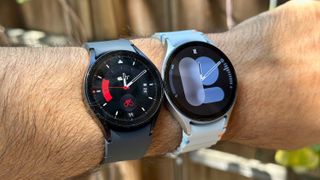
If you own the Galaxy Watch 6, these aspects of your current watch will remain unchanged with the Galaxy Watch 7:
Displays: Both watches ship in 40mm and 44mm case sizes, with matching 1.3-inch and 1.5-inch displays. They have the same resolution (432x432 or 480x480, based on the size) and the same 2,000 nits of brightness, which is fairly standard for flagship watches and is only beaten by the 3,000-nit Galaxy Watch Ultra.
Plus, both rely on a digital touch bezel, letting you scroll your finger along the display edge to slide down menus or across Tiles. We're ignoring the Watch 6 Classic and its physical bezel for this comparison.
Memory: Both watches have 2GB of RAM, the current max we've seen in smartwatches.
Weight: Technically, the Watch 7 40mm and 44mm weigh 0.1g and 0.5g more than their Watch 6 counterparts, but your wrist could never tell the difference. It's the same physical profile.
Protection: Both watches have the maximum ingress protection for dust and water resistance, specifically lasting for up to 30 minutes in 1.5 meters of water or 10 minutes in 50 meters of depth.
They also have equal sapphire display scratch protection. Samsung claims they both passed MIL-STD-810H tests for high/low temperature, altitude, humidity, immersion, salt, fog, dust, vibration, and drops.
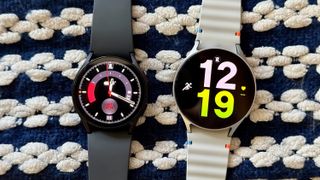
Battery capacity: While the Galaxy Watch 7 might last longer than the Watch 6 (more on that below), the actual capacity remains unchanged for both sizes. The 44mm Watch 7 and 6 have 125mAh extra capacity, but the larger display mostly cancels this out.
Connectivity: Either watch provides the same efficient Bluetooth 5.3 standard, NFC payments via Google Wallet or Samsung Wallet, WiFi 2.4 and 5 GHz, and LTE connectivity. For the latter, you have to pay for the cellular Watch 6 or 7 upfront for $50 extra, then add it to your cellular plan.
Software: As of early August, the Galaxy Watch 6 hasn't updated to Wear OS 5, but that should change soon after the Pixel Watch 3 launch, according to rumors. From that point onwards, the Watch 7 and 6 will have the same software and security updates until mid-2027, when the Watch 6 runs out of support. That means another three years of comparable software perks, if you don't upgrade.
Sensors: While the Watch 7 did get an important sensor upgrade, what it tracks is mostly unchanged from past generations: resting and current heart rate, heart rate variability (HRV), passive atrial fibrillation (AFib) detection, active AFib detection (ECG), skin temperature, blood oxygen (SpO2), nighttime breathing rate, and menstrual cycles.
You also get the same accelerometer and gyroscope for workout tracking, barometer for elevation data, geomagnetic sensor for navigation, and ambient light sensor to auto-adjust the display to your surroundings.
Samsung Galaxy Watch 7 vs. Galaxy Watch 6: Nine key differences

Why upgrade from the Galaxy Watch 6 to the Galaxy Watch 7? Here are the main differences, based on differences between our Galaxy Watch 7 review test and our Galaxy Watch 6 review (and my subsequent months using the last-gen watch):
Better heart rate accuracy: The Galaxy Watch 7 has 13 heart rate sensor LEDs to the Watch 6's four LEDs. Where the Watch 6 had green, red, and IR sensors, the Watch 7 adds new colors — Blue, Yellow, Violet and Ultraviolet — while needing fewer photodiodes to power them all.
Samsung claims that the Watch 7's "optimal allocation" of green, red, and IR LEDs "more accurately measures health metrics such as heart rate, sleep quality, blood pressure, blood oxygen levels, and stress levels" than the Watch 6. In particular, it's supposed to be 30% more accurate during high-intensity workouts.
I performed a Galaxy Watch Ultra fitness test — the Ultra and Watch 7 share sensors — and it did very well for heart rate accuracy, though it still struggled a bit to track heart rates in the 170+ bpm range. Still, my Galaxy Watch 6 fitness test gave me less accurate results, so athletes will be happy with this change.
More accurate dual-band GPS: The Galaxy Watch 7 is the first Samsung watch to have dual-band GPS, which tracks you from multiple satellite types (older L1s and newer L5s) to circumvent signal blockage or reflections off of buildings, mountains, tree cover, and so on.
Again, the Watch Ultra did extremely well compared to a dual-band Garmin watch in our tests, only 0.01 miles off after nearly 10 miles. This accuracy should apply to the Watch 7, as well.
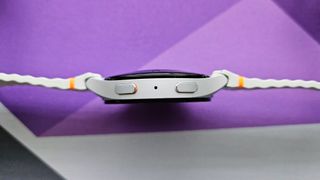
AGEs index (and future health data): With those extra LED colors, Samsung tracks your body's advanced glycation end products (AGEs) index, or the products that form in your bloodstream in response to excess sugar; a high AGEs index can be a warning sign for serious health conditions like diabetes or heart disease.
Samsung's announcement claims that this new metric is "one of the many new advanced features planned for the next Galaxy Watch" enabled by the new LED colors. In other words, any new health metrics Samsung works on will come to the Watch 7, but not the Watch 6 because of its limited LED colors.
We can't say whether this health data will be worth the update, and the Watch 6 already catches several health warning signs. The Galaxy Watch 7 is future-proofed for health data, but you could probably wait another year for the Watch 8, when Samsung has implemented more of these mysterious health features.
A thicker Galaxy Watch 7: Samsung says that the Galaxy Watch 7 and Watch 6 are 9.7mm and 9.0mm thick, respectively. Neither is that skinny; Samsung doesn't include its BioSensor when measuring its watches, which is quite misleading. In truth, the Watch 6 is about 12mm thick, while the Watch 7 is at least 13mm thick.
Our Watch 7 reviewer noted that "The dome of the array curves higher, making the watch sit higher on lanky wrists like mine, but for thicker wrists, you shouldn't notice much of a difference." In other words, the new and improved health data has a visual impact on how it looks in real life, even if it's identical from the top-down.
Colors and watch band options: The Watch 6 shipped in Graphite, Gold, and Silver, while the Watch 7 comes in Green, Cream, and Silver.
Aesthetics aside, the Watch 6 had more band options at launch: Sport, Extreme Sport, Hybrid Leather D or Leather T, and Fabric. The Galaxy Watch 7 has three core options: Fabric, Sport, and Athleisure. As always, there are plenty of third-party Galaxy Watch 7 band options, but fans of leather or more breathable sport bands might be disappointed.
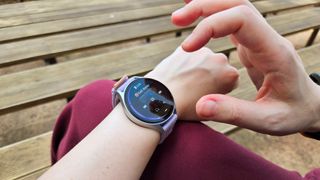
Performance: The Galaxy Watch 7 uses one ARM Cortex-A78 1.6GHz core and four Cortex-A55 1.5GHz cores; the Watch 6 uses dual Cortex-A55 1.4GHz cores. As you might expect, this gives the Watch 7 much more capacity for high-end processing and faster app loading times.
In practice, our Watch 7 reviewer noted that it's "the zippiest smartwatch I've ever used, but it's not magnitudes faster" than the Watch 6, "at least during everyday activities." That's similar to my experience with the Watch Ultra, which shares the Watch 7 chip; it loads apps very quickly, but the Watch 6 was also quite fast thanks to the comparable RAM.
Some of its extra performance capacity goes directly into running the extra LED sensors, which require more power to run. Otherwise, the Exynos W1000 is more future-proofed for future Wear OS updates, which might take more advantage of the extra power.
Storage: The Galaxy Watch 6 has 16GB of storage, or less than 6GB once you account for default Wear OS software. That doesn't leave much wiggle room if you like to download music, podcasts, or audiobooks for streaming on the go while leaving your phone behind. Thankfully, the Watch 7 has boosted storage space up to 32GB, giving you more wiggle room for media and apps.
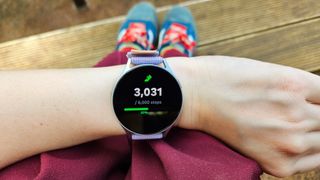
(Slight) battery life boost: Samsung never gave us an official battery life estimate for the Galaxy Watch 7. Our reviewer found that it lasted two days (48 hours) with standard use and sleep tracking, while it lasted closer to 33–36 hours with more outdoor use (which uses more nits of brightness) and one dual-band GPS workout.
The Galaxy Watch 6 was rated to last 40 hours at launch, and yours has probably lost a little of its capacity since then. Our Watch 7 reviewer credits the Exynos W1000's "improved efficiency" as being able to handle certain tasks without as much battery burn, and it's fair to say that the Watch 6 will be less capable of handling demanding app tasks moving forward.
As a side note, some early Galaxy Watch 7 users have reported the opposite, with their watch barely lasting a day per charge. We're hoping this stems from early Wear OS 5 bugs that'll be resolved soon, since they would presumably affect the Watch 6, too.
If you're not much of an active Wear OS user and primarily use your Galaxy Watch 6 to check notifications and the weather, you're probably fine. Power users will benefit from a little extra capacity, but you'll need the Ultra for a true boost.
No more Wireless PowerSharing: An unintended side effect of the Galaxy Watch 7's health sensor redesign is that it prevented Samsung from making it compatible with its Wireless PowerSharing standard.
You can no longer charge the Watch 7 (or Ultra) by placing it atop your flagship Samsung phone, while you still can do so with the Galaxy Watch 6. It's a useful trick if your Watch 6 dies and you don't have a charging puck on hand, though quite finicky if your phone has a protective case.
Samsung Galaxy Watch 7 vs. Galaxy Watch 6: Should you upgrade?
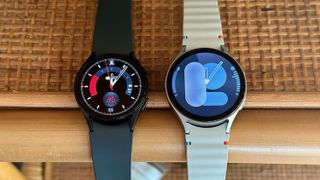
Samsung is offering a trade-in deal of a $99 Watch 7 and a free second band in exchange for your Watch 6. As long as that deal's available, you have plenty of reasons to upgrade. If you're paying full price or own the Watch 6 Classic, it's harder to justify the switch.
The Galaxy Watch 7 is significantly better than the Watch 6 in key areas, with only a couple of minor drawbacks with its thickness and disabled PowerSharing in exchange for better health and fitness data. It's not that much faster than the Watch 6, and Samsung has to figure out the current battery drain issue, but it's more than we expected, given many Android watches keep the same CPU across generations.
If you have the Watch 6 Classic, you'll lose your stylish steel design and better bezel controls in exchange for all of the above perks and a lighter fit. That's probably a tough pill to swallow unless you don't like your Classic.
As for standard Galaxy Watch 6 owners, you may want to wait another generation for the differences to be more significant. This could depend, however, on whether you believe the rumors that Samsung wants to switch to a squircle design with future watches. If the Galaxy Watch 8 ends up with a squircle display — which Apple users love and plenty of Wear OS watch owners hate — then maybe there's no reason to wait.

Better performance, health, and fitness
Choose the Galaxy Watch 7 if you really care about its improved health and GPS accuracy, or if you're a power user that wants the fastest possible performance every year. Skip it if you like your Classic design or if you're not impressed enough with the changes; the Watch 8 will arrive before you know it.

Only a step behind
Stick with your Galaxy Watch 6 if you're not impressed enough with the changes in performance, if you don't pay close attention to your Samsung Health data, or if you're happy with your Watch 6 Classic. Upgrade to the Watch 7 if you find a good trade-in deal and want all of the latest perks.
Be an expert in 5 minutes
Get the latest news from Android Central, your trusted companion in the world of Android

Michael is Android Central's resident expert on wearables and fitness. Before joining Android Central, he freelanced for years at Techradar, Wareable, Windows Central, and Digital Trends. Channeling his love of running, he established himself as an expert on fitness watches, testing and reviewing models from Garmin, Fitbit, Samsung, Apple, COROS, Polar, Amazfit, Suunto, and more.
You must confirm your public display name before commenting
Please logout and then login again, you will then be prompted to enter your display name.
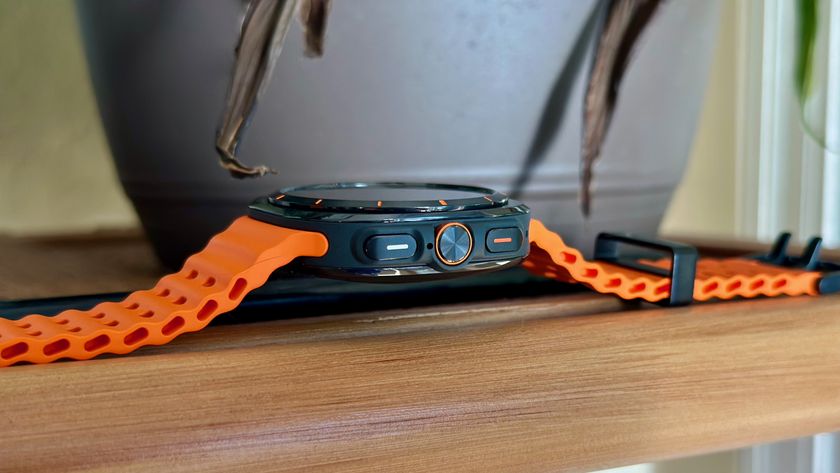
Samsung Galaxy Watch Ultra review: Stronger than expected
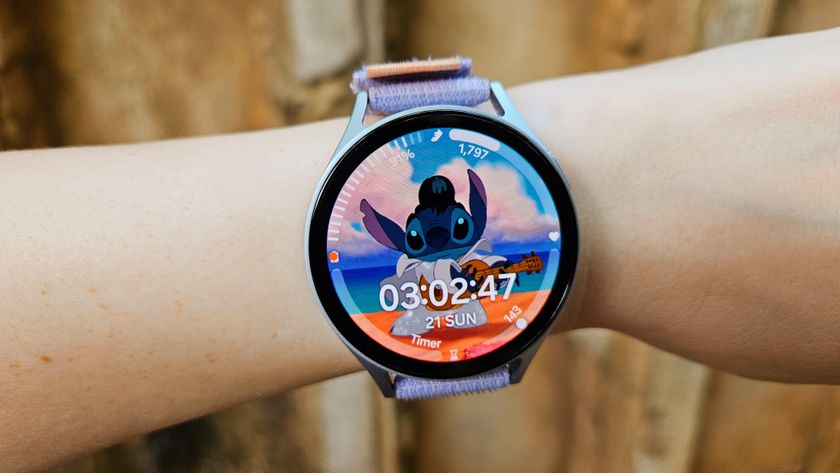
Best Samsung Galaxy Watch 7 screen protectors
